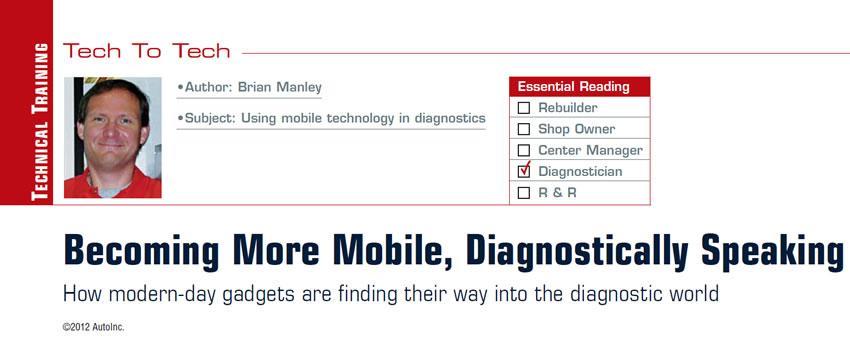
Tech to Tech
- Subject: Using mobile technology in diagnostics
- Essential Reading: Diagnostician
- Author: Brian Manley
How modern-day gadgets are finding their way into the diagnostic world
I have enjoyed reading the Generationally Speaking column in this very magazine (AutoInc.), and I noticed an interesting trend. It seems there is a thread connecting the Generation Y’ers, Gen X’ers and Baby Boomers: They all seem to be unable to live without their smart phones. I can understand why! A Baby Boomer myself, I have found my foray into the iPad and iPhone world truly exciting, and there are many reasons why I am happy I decided to purchase these two powerful, portable devices.
Many years ago I purchased an aftermarket scan tool that installed onto my Palm Pilot. It was unique to have a palm-scanner to quickly check codes, but it was slow and the batteries did not last long. Fast forward to the iPhone, and now we have options available to have inexpensive code readers that can also be used to access service information, and even to phone the tow truck if needed.
One of the first things I wanted to do with my iPhone was to see what its capabilities as a scan tool could be, so I researched available options and purchased an OBD-II cable (GL-1) from GoPoint Technologies (http://gopoint tech.com) and downloaded the free software from the iTunes app store. For less than $100 I was ready to try this thing out. I plugged into the first car’s DLC I could find, and I unplugged the intake-air-temperature sensor to force a code. Figure 1 shows the GoPoint screen on my iPad (which looks and acts the same on my iPhone).
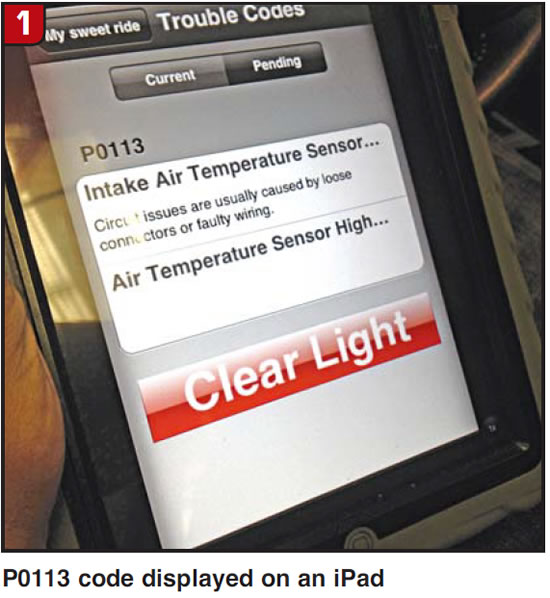

Figure 2 shows a snapshot of the data stream, which is a Generic OBD list but is a quick way to pinpoint a problem or to confirm a repair.
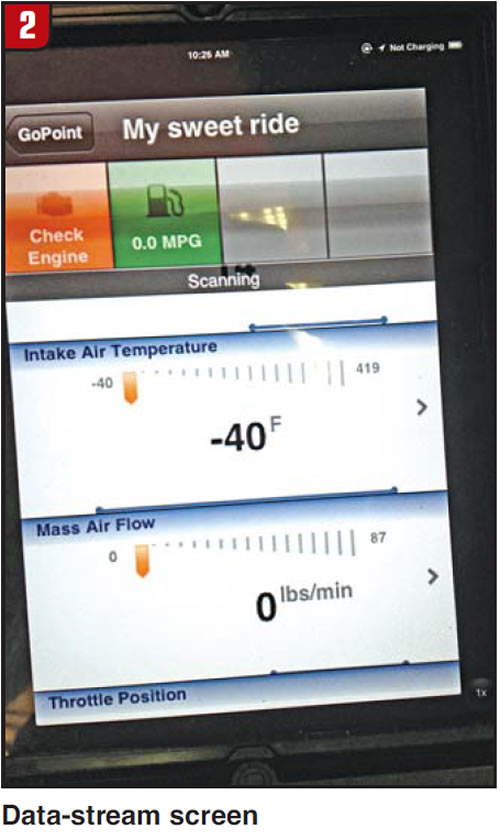

A nice feature of the data-stream page is that you can select one sensor and see a numerical value as well as a live graph, so it can be fairly useful to watch and see whether a sensor drops out, but it won’t be replacing my lab scope for finding a pesky intermittent failure anytime soon (Figure 3).
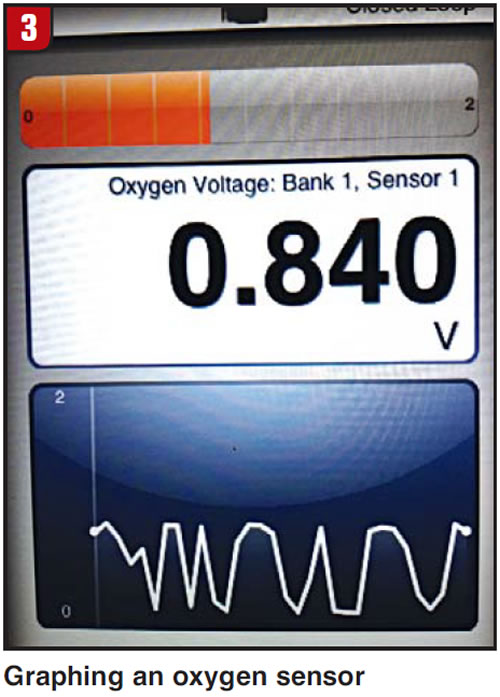

I initially used my iPhone for performing a quick scan on most vehicles and then quickly learned that I could simultaneously use my iPad to access service information from the front seat. Need to access a forum on iATN (International Automotive Technicians Network)? Do it from the car! I can grab a wireless signal anywhere in our shop, but I can also be parked outside of many public-access spots, such as Starbucks.
Now, I know that this generic OBD-II software is quite limited, and it can’t be used for any serious repairs involving bi-directional controls or requiring a snapshot of data; however, it frees up all of our other high-powered scan tools for the serious repairs and allows me to test-drive a customer’s car while gathering some quick, important information (Figure 4).
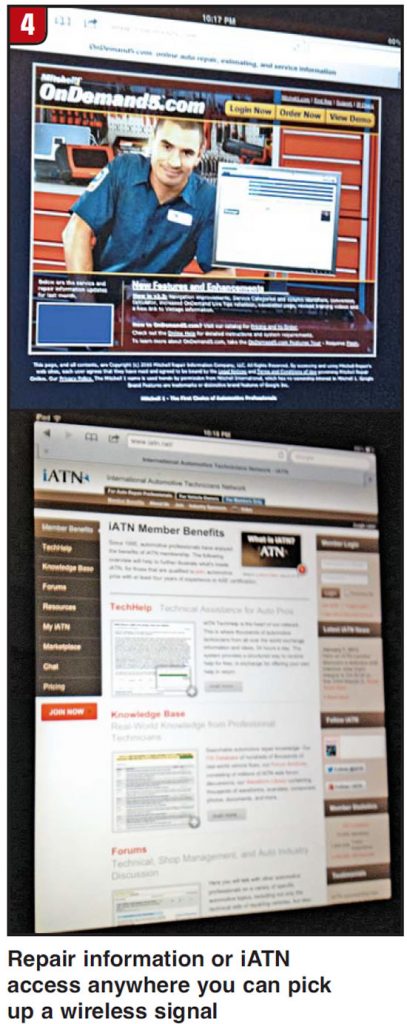
We have a Snap-on MODIS, a GM Tech 2, an AutoEnginuity scan-tool program installed on a couple of laptops, an old Chrysler DRB III and many older models hiding in the back of my closet, and we feel fortunate to have a good mix of manufacturer scan tools and aftermarket brands (Figure 5).
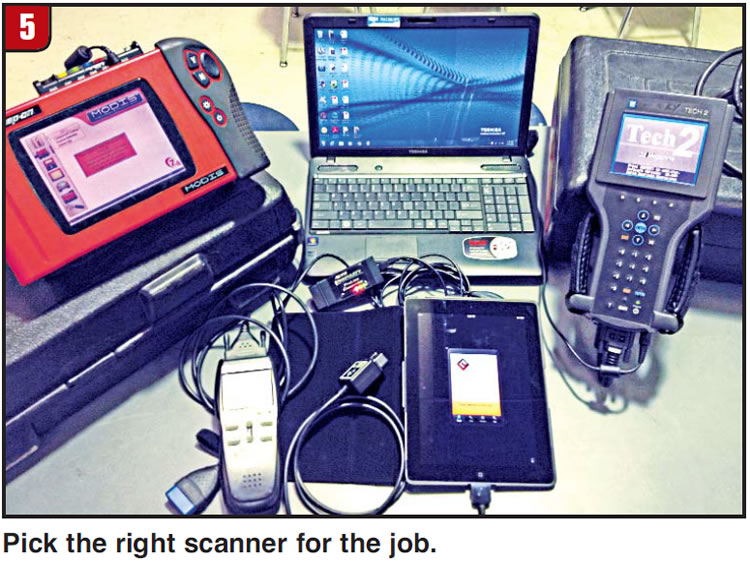

There is another feature of this GoPoint software that is intriguing: the technical-service-bulletin list (Figure 6). The list is not as long as the one I can pull from my service-information provider, but it is an intriguing feature for a smart phone.
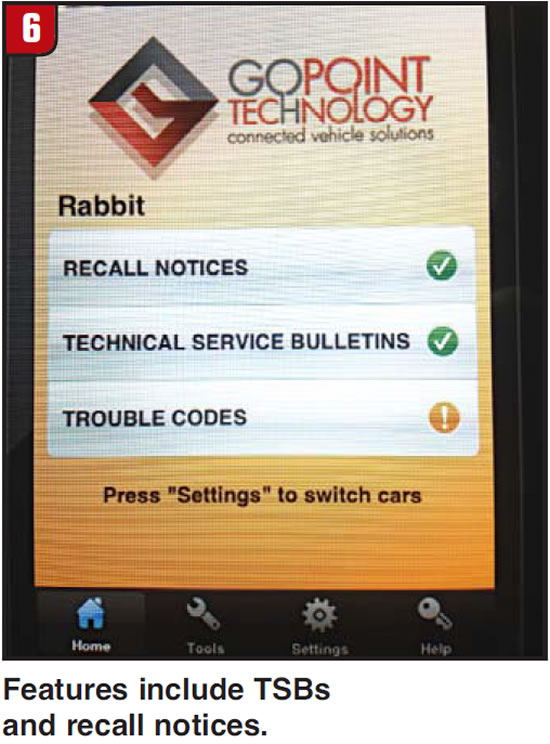

Are there other useful ways to use these portable smart phones and iPads? Yes. One cool site (it is far out, too) is any one of the many vehicle-identification-number (VIN) decoding sites. Figure 7 shows Decode This! (www.decodethis.com), which is a place where you can enter a VIN and get an instant profile for your vehicle.
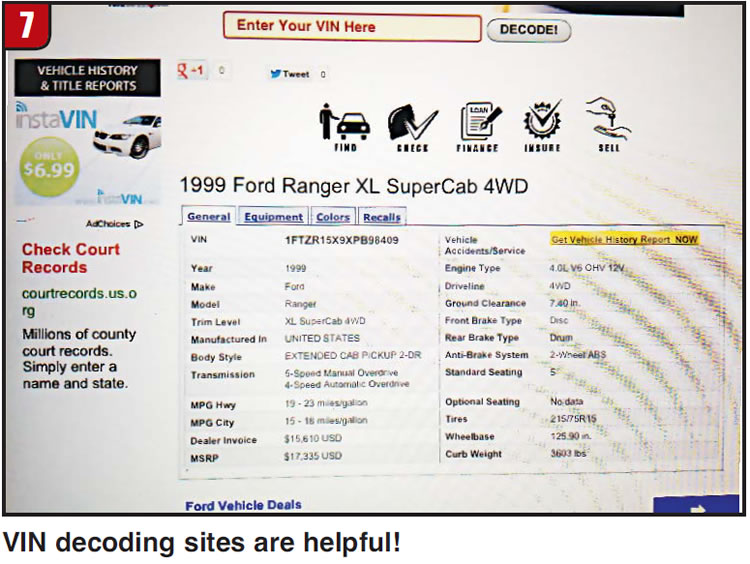

I also work with automotive students on a regular basis, and as a “Going Mobile” article pointed out in last September’s issue of AutoInc., these students are true “mLearners” who are comfortable with all manner of using their smart phones, iPads and laptops to learn new skills, locate information and interact with other machines (automobiles). Using technology for today’s student is as intuitive as it was for us Boomers to flip open a big, brown Mitchell Repair Binder to find tune-up specifications for a ’67 Chevy; it’s just the way you do things today. It may seem shiny and new to us at times, because we watched service information move from books to microfilm to floppy disc to CD to DVD and, finally, to online. Online is all today’s students know, unless they visit my closet and see all my old Chilton and Mitchell manuals.
I am aware that technology is always evolving, and as I look at the pile of scan tools I’ve purchased over the years – some that have become excellent wheel chocks – I marvel at where we’ve come from, and I am intrigued at where we’re headed. I also love playing with new automotive tools, and I enjoy showing new phone functions to the much younger mLearning crowd. Oh, and if you ever need to show your customer that all is well in the world after a repair, simply plug your iPhone into your customer’s vehicle and show them the following phrase (Figure 8): “No Problem Found. Breathe Deep, Press OK, and enjoy your day.”
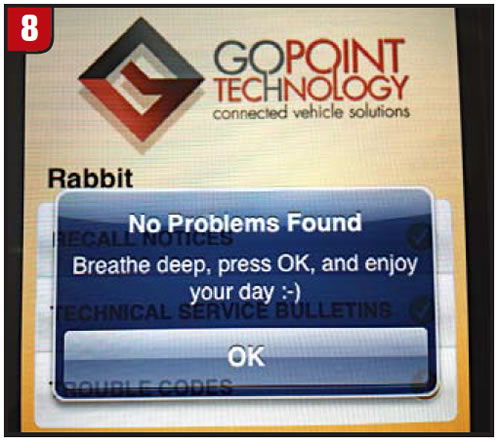

Brian Manley is a vocational automotive instructor for the Cherry Creek school district in Aurora, Colo. He is an ASE master certified automobile technician and a former member of the National Automotive Technicians Education Foundation (NATEF) board of trustees. He can be reached at [email protected].
This copyrighted article is reprinted with the permission of AutoInc., the official publication of the Automotive Service Association (ASA). To learn more about ASA and its commitment to independent automotive-service and repair professionals, visit www.ASAshop.org or call 800-272-7467.













